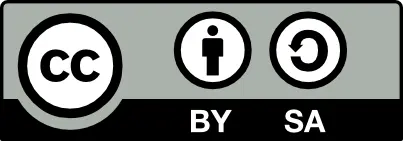Use of Finite Element Method as a Simulation Technique in the Prediction of Membrane Resistance in Polymer Electrolyte Membrane for Fuel Cell Operations
Authors: Andrew O Odeh
DOI: https://doi.org/10.17605/OSF.IO/MY2B9
Short DOI: https://doi.org/ggkv68
Country: South Africa
Full-text Research PDF File:
View |
Download
Abstract: Fuel cells are posited to become alternate clean energy source of choice for the 21 st century. The advantages of fuel cell are a high power output convenience for fuel supply and long life time. The heart of the fuel cell is the polymer membranes used as solid polymer electrolytes as it defines the properties needed for other components of the fuel cell. The efficiency and power density of the fuel cell strongly depend on the conductance of the polymeric material. The polymer membrane in a fuel cell functions twofold: it provides ionic communication between the electrodes as well as act as a separator for the fuel and oxidant. In this work, the finite element method (FEM) was applied to solve the second order derivative of Fick’s law of diffusion in order to predict the resistance of the membrane to proton flow. Simulation results showed that the concentration of the desired fuel, in this case hydrogen increases at a fixed pressure with time. The theoretical predictions when compared with the actual experimental results showed an average deviation of 3.8%, an indication of a reasonable agreement between the model and the data from the experiment. Hence, the finite element method has been found to be satisfactory as a predictive tool to determine the resistance of membrane to proton transfer in any given membrane electrode assembly (MEA).
Keywords: Membrane, Resistance, Simulation, Fuel Cells, Finite Element
Paper Id: 17
Published On: 2014-03-10
Published In: Volume 2, Issue 2, March-April 2014





 All research papers published in this journal/on this website are openly accessible and licensed under
All research papers published in this journal/on this website are openly accessible and licensed under 